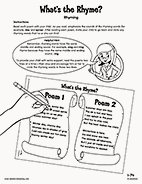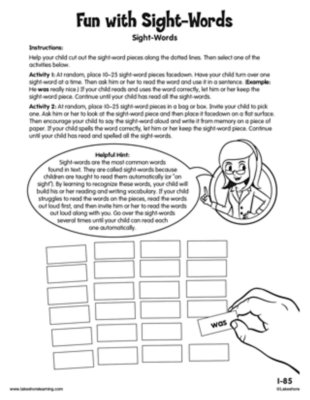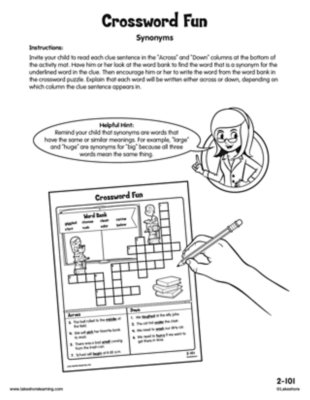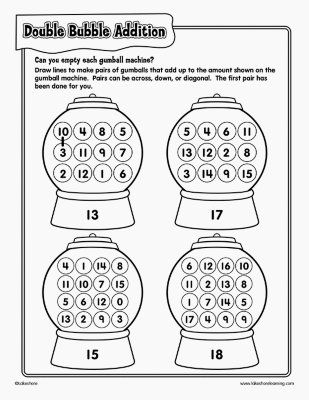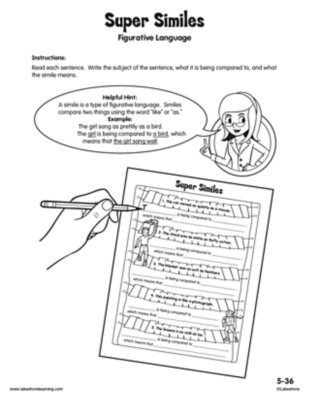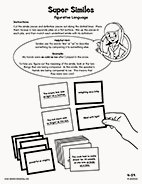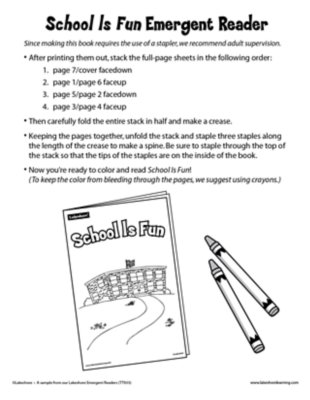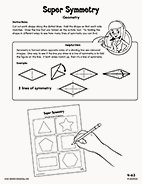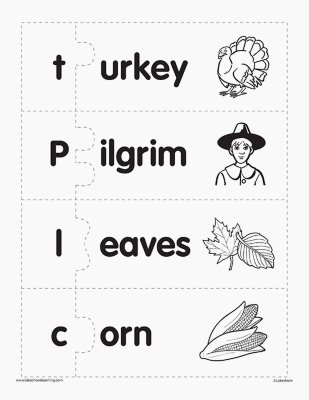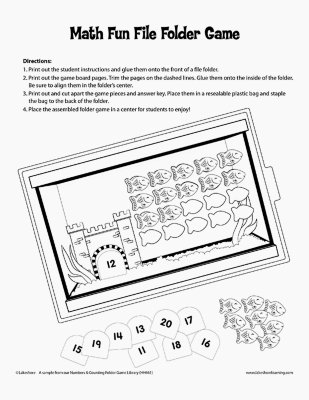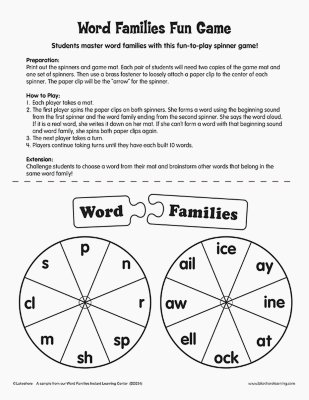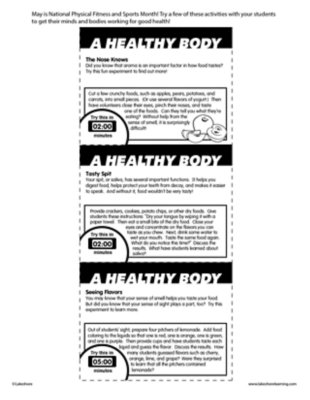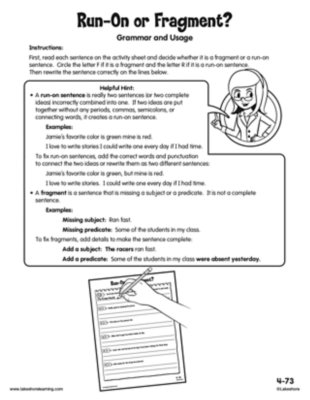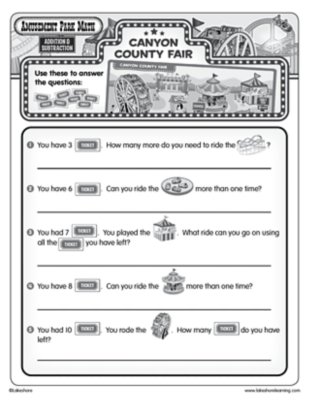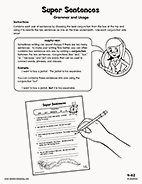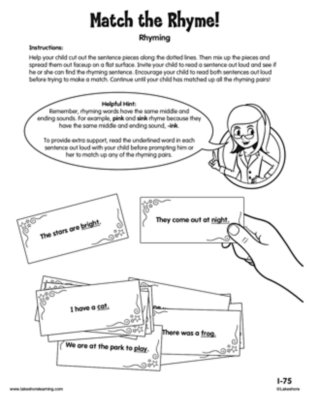
During first grade, your child will learn to recognize common spelling patterns, such as those found in rhyming words like “cat/rat/bat” and “run/fun/sun.”
View worksheetDuring first grade, your child will learn to recognize common spelling patterns, such as those found in rhyming words like “cat/rat/bat” and “run/fun/sun.”
View worksheetDuring first grade, your child will learn to spell frequently occurring irregular words, such as “know” and “could,” and learn to recognize and read them on sight.
View worksheetDuring second grade, your child will learn to identify synonyms of words and use the synonyms in sentences.
View worksheetWhen entering fifth grade, your child should be able to figure out the meaning of figurative language, including similes, metaphors and idioms.
View worksheetDuring fourth grade, your child will learn to understand the meaning of figurative language, including similes, metaphors and idioms.
View worksheetDuring fourth grade, your child will learn to identify lines and angles, understand symmetry and classify shapes based on their lines and angles. For example, your child will be able to classify right triangles by seeing that they have a 90-degree angle.
View worksheetDuring fourth grade, your child will learn many new rules of English grammar and usage, including rules about sentence fragments and run-on sentences, relative pronouns (which, that), relative adverbs (where, when, why), the correct order of adjectives and more.
View worksheetDuring fourth grade, your child will learn many new rules of English grammar and usage, including rules about sentence fragments and run-on sentences, relative pronouns (which, that), relative adverbs (where, when, why), the correct order of adjectives and more.
View worksheetDuring third grade, your child will learn to capitalize the appropriate words in titles, such as the names of books and movies. Your child will also be expected to use commas in written addresses and with quotation marks to show when someone is speaking.
View worksheet
